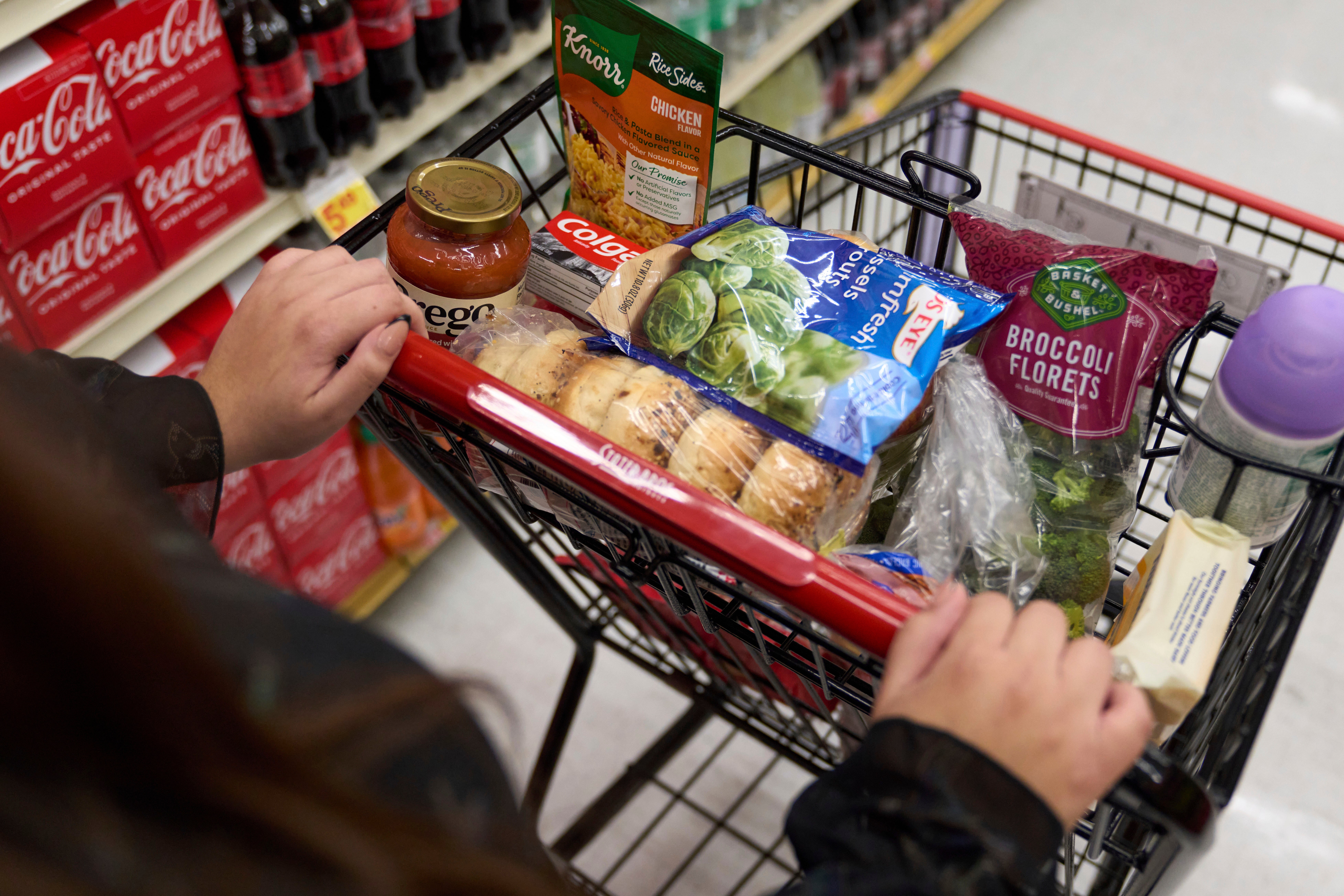Child poverty in the US jumped and income declined in 2022 as coronavirus pandemic benefits ended
Child poverty in the United States more than doubled and median household income declined last year when coronavirus pandemic-era government benefits expired and inflation kept rising

Your support helps us to tell the story
From reproductive rights to climate change to Big Tech, The Independent is on the ground when the story is developing. Whether it's investigating the financials of Elon Musk's pro-Trump PAC or producing our latest documentary, 'The A Word', which shines a light on the American women fighting for reproductive rights, we know how important it is to parse out the facts from the messaging.
At such a critical moment in US history, we need reporters on the ground. Your donation allows us to keep sending journalists to speak to both sides of the story.
The Independent is trusted by Americans across the entire political spectrum. And unlike many other quality news outlets, we choose not to lock Americans out of our reporting and analysis with paywalls. We believe quality journalism should be available to everyone, paid for by those who can afford it.
Your support makes all the difference.Child poverty in the United States more than doubled and median household income declined last year when coronavirus pandemic-era government benefits expired and inflation kept rising, according to figures released Tuesday by the U.S. Census Bureau.
At the same time, the official poverty rate for Black Americans dropped to its lowest level on record and income inequality declined for the first time since 2007 when looking at pre-tax income. However, income inequality increased when using after-tax income, another result of the end of pandemic-era tax credits, according to Census Bureau reports on income, poverty and health insurance.
The reports reflected the sometimes-conflicting factors last year buffeting U.S. households, which faced a robust jobs market, with the number of full-time workers increasing year-over-year, but also rising inflation and the end of pandemic-era stimulus benefits.
In response to the COVID-19 pandemic, the federal government expanded the child tax credit and sent payments to people who had suffered from the pandemic, lowering poverty measures in 2021. The expansion of the child tax credit expired at the end of 2021, and other pandemic-related benefits have expired within the past year.
As a result, the supplemental poverty measure rate for children jumped 7.2 percentage points to 12.4% in 2022, according to the Census Bureau.
“This represents a return to child poverty levels prior to the pandemic,” Liana Fox, an assistant division chief at the Census Bureau, said during a news conference. “We did see the child tax credit had a substantial decrease in child poverty."
In a statement, President Joe Biden blamed congressional Republicans for failing to extend the enhanced child tax credit and vowed to restore it.
“The rise reported today in child poverty is no accident,” said Biden, a Democrat.
The median household income in 2022 was $74,580, a decline of 2.3% from 2021. Asian Americans had the highest median household income, at almost $109,000, while Black Americans had the lowest, at about $53,000.
The official poverty rate was 11.5%, and for Black Americans it was 17.1%, the lowest on record. The supplemental poverty measure was 12.4%, an increase of 4.6 percentage points from 2021.
The U.S. Census Bureau releases two poverty measures. The official poverty measure is based on cash resources. The supplemental poverty measure includes both cash and noncash benefits and subtracts necessary expenses such as taxes and medical expenses.
The rate of people lacking health insurance dropped almost half a percentage point to 7.9%, and it declined for people in all age groups except those who were age 18 or younger, according to the Census Bureau.
___
Follow Mike Schneider on X @MikeSchneiderAP.